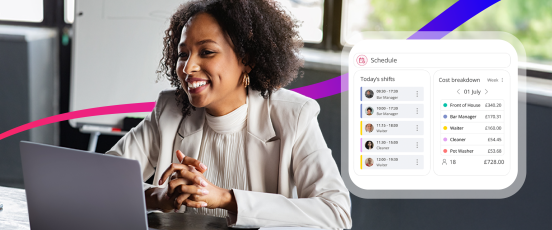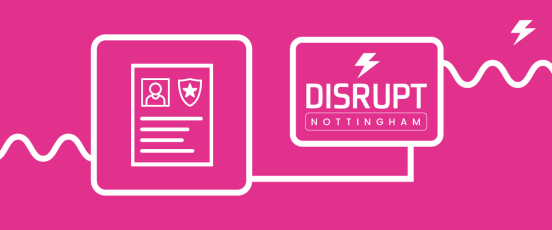Boosting employee wellbeing in HRM: strategies and techniques for success

Employee wellbeing forms a core part of mental health at work. If you want to improve wellbeing, what strategies can you employ to make things work?
Understanding the importance of employee wellbeing in HRM
Firstly, it’s important to define employee wellbeing. In short, this term covers the emotional, mental, physical and financial health of each employee. While someone’s experience at work isn’t the only factor at play, an employer can still have a huge impact on how their employees feel.
Employers have a duty of care to the employees to make sure their health, safety and welfare are accounted for. Again, work is not the only thing that causes poor wellbeing, but it can be a significant contributor. Beyond this, however, there are a number of benefits that come from having a strong sense of employee wellbeing. For example, you’ll see reduced absenteeism, lower churn rates and faster recruitment. When wellbeing is high, you’ll see better employee morale and more engagement.
Your HRM department has a huge role to play in enhancing employee wellbeing. They’ll often take charge in creating benefits packages and managing employee workloads. They also often work as welfare managers, being the team that other employees go to when they have issues.
A complete approach to employee wellbeing
It’s important that any approach you take is holistic. For example, a workplace that puts a lot of emphasis on the physical health of its employees won’t get the full benefits of this if they have a poor work-life balance.
Wellbeing is an inherently interlinked concept. When your mental health is poor, you often experience physical symptoms. If you’re tired, you can struggle to recover mentally and physically, leaving you more susceptive to illnesses.
Even burnout, which is largely a mental health and work-life balance phenomenon, has been noted to have physical symptoms (such as exhaustion).
When thinking about employee wellbeing, it pays off to consider a holistic approach, where physical and mental health are promoted, and a healthy work-life balance is given emphasis.
Creating a positive work environment
Note that a positive work environment is not the same as ‘stress fee’ or ‘completely happy’ work environment. Fundamentally a positive work environment is one where employees are given the chance to grow, and where they feel comfortable and safe.
There are a number of ways you can create a positive work environment. The most important of these is to establish an inclusive workplace. When inclusion is managed well, employees will feel like they belong, and are more willing to take risks and have more of an impact. Without inclusion, many people will not feel psychologically safe enough to have a truly positive sense of wellbeing.
Creating opportunities for social connection is vital, especially if you use a remote or hybrid employment model. Make sure those opportunities are inclusive. Late night events at pubs aren’t very considerate of parents or teetotal people, and if they’re you’re only social engagements then they can feel quite isolated.
Recognition and feedback are also useful tools in this area. Acknowledgement of a job well done can do wonders for someone’s mental wellbeing.
Incorporating learning and development
When employees feel stuck in their current positions with no opportunities to learn and grow, this can lead wellbeing problems.
However, more than a third of people report seeing better mental health management off the back of more learning opportunities. Learning gives people more agency, and if you foster a strong learning culture where employees are encouraged to take a little time for themselves, burnout stats tend to drop. Even without practical wellbeing effects, the simple fact that you can show your employees that you value them will make them feel more valued!
Adapting to the changing landscape of employee wellbeing
Employee wellbeing is never something you can set and forget, as the world is constantly evolving. One way we can see this need for adaptability is in attitudes towards remote work.
Remote work can have a huge impact on employee wellbeing, both for better and worse. Some employees find the extra flexibility incredibly values. Others find working from home isolating. Striking a balance is key.
The most important thing for any employee wellbeing strategy is that it’s targeted to your employees. There is no one size fits all approach. Some people will thrive when remote work is brought in, but others may find this harms their wellbeing. Others will value things like gym membership, healthy eating initiatives, and cycle to work schemes, while their colleagues might prefer stronger parental leave policies and others still might want health insurance. Employee surveys are the best way to build out a strategy that works for the employees you have.
To learn more about the impact you can have on employee wellbeing, take a look at our employee experience guide.



